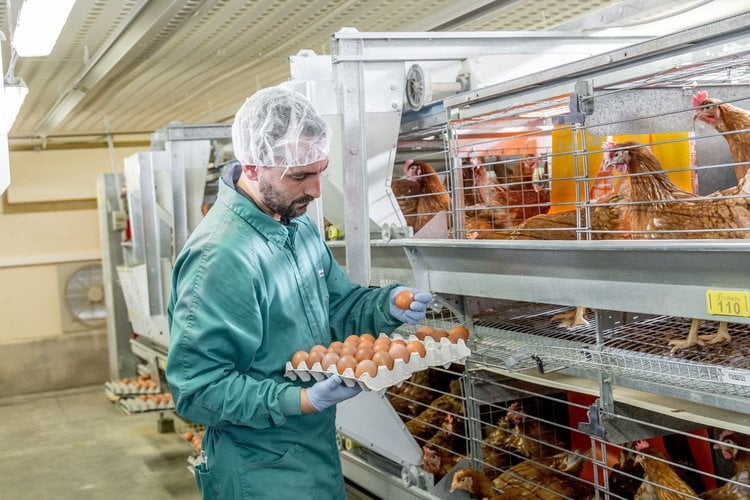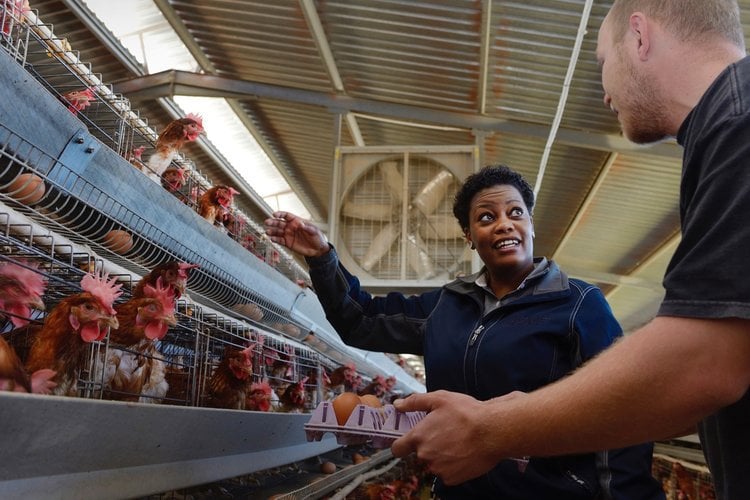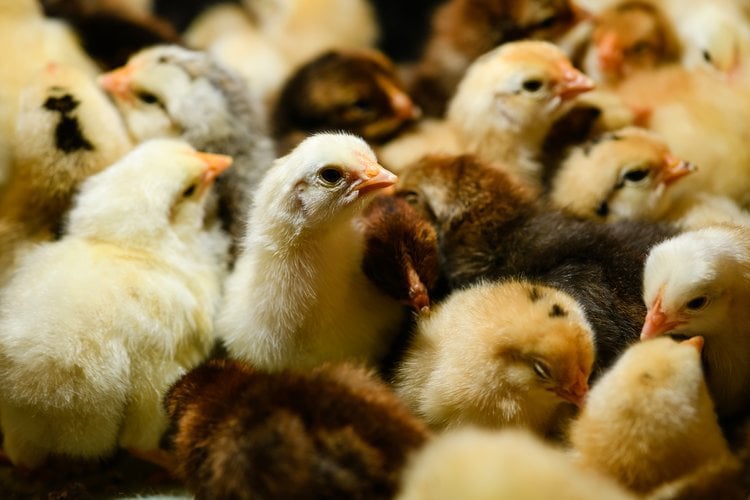
Maximising egg production in layers
Measuring the production of layer hen is done through the number of good eggs they produce each year. Protect your investment by providing your hens with proper nutrition and a comfortable, well-lit environment, free of diseases and stress that can lead to a drop in egg production.

Quality of layers’ eggs
Good, healthy, and consistent egg quality means better, and more marketable table eggs and higher profitability. Some important parameters of overall egg quality are shell and albumen quality, yolk colour, cleanliness, size, uniformity, and being free from Salmonella. Forming a high-quality eggshell requires a substantial amount of calcium, delivered via feed. Additional measures for older hens might be necessary since their ability to utilize calcium decreases significantly, while their egg weight rises.

Uniformity and weight at rearing
Foster optimal egg production from the beginning by keeping your flock at a uniform, healthy weight throughout the critical rearing period. As pullets develop into young hens during the first 15-18 weeks of life, minimize variations in their weight, which can cause changes in the onset of egg production.
Careful management of diet and maintenance of good health in layers are key to optimising performance.

